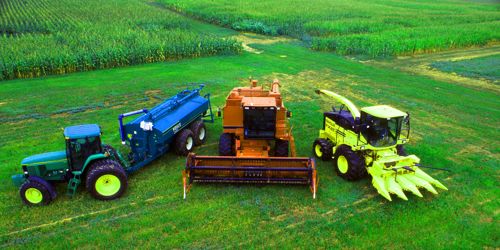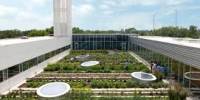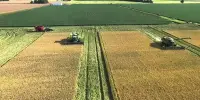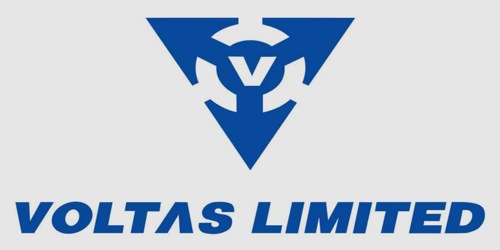Mechanized agriculture is the application of engineering principles and technology in agricultural production, storage, and processing on the farm. It is the process of using agricultural machinery to mechanize the work of agriculture, greatly increasing farm worker productivity. It not only includes the use of machines, whether mobile or immobile, small or large, run by power and used for tillage operations, harvesting and thrashing but also includes power lifts for irrigation, trucks for haulage of farm produce, processing machines, dairy appliances for butter making, oil pressing, cotton ginning, rice hulling, and many more. In modern times, powered machinery has replaced many farm jobs formerly carried out by manual labor or by working animals such as oxen, horses, and mules. Human, animal, and machine power can complement each other in the same household, farm, and village.
Mechanized agriculture involves the provision and use of all forms of power sources and mechanical assistance to agriculture, from simple hand tools, to animal draught power, and to mechanical power technologies.
The entire history of agriculture contains many examples of the use of tools, such as the hoe and the plow. It is applicable to land preparation, planting, fertilizer application, weeding, and crop harvesting, rearing, caring, and feeding of animals as well as processing and storage of farm produce, using appropriate farm machinery. The ongoing integration of machines since the Industrial Revolution however has allowed farming to become much less labor-intensive.

Mechanized agriculture refers to the development and use of machines that can take the place of human and animal power in agricultural processes. Current mechanized agriculture includes the use of tractors, trucks, combine harvesters, countless types of farm implements, airplanes and helicopters, and other vehicles. The mechanization of agriculture that took place during the 20th century led to major changes in how farmers plant, irrigate, and harvest crops. Precision agriculture even uses computers in conjunction with satellite imagery and satellite navigation to increase yields.
Benefits –
- It Increases Production: Mechanization increases the rapidity and speed of work with which farming operations can be performed.
- It Increases Efficiency and Per Man Productivity: Mechanization raises the efficiency of labor and enhances farm production per worker.
- Mechanization Increases the Yield of Land per Unit of Area.
- Mechanization Results in Lower Cost of Work.
- It Contracts the Demand for Work Animals for plowing water lifting, harvesting, transport, etc.
- It brings in other Improvements in Agricultural Technique.
- It Modifies Social Structure in Rural Areas.
- It Releases Manpower for Non-Agricultural Purposes.
- It Results in Better Use of Land.
- It Reduces Fodder Area and Enlarges Food Area.
Mechanization was one of the large factors responsible for urbanization and industrial economies. Besides improving production efficiency, mechanization encourages large scale production and sometimes can improve the quality of farm produce.
Disadvantages:
- High cost: Farm mechanization, due to the numerous machines involved usually expensive to operate.
- Displacement of workers: Very few workers are required; hence, many people will be out of a job when mechanization is introduced.
- Compaction of soil: Mechanization leads to compaction of soil due to the movement of heavy machines.
- It causes environmental pollution: It causes environ-mental pollution due to smoke emanating from machines, chemicals, and fertilizer usage.
Information Source:
















